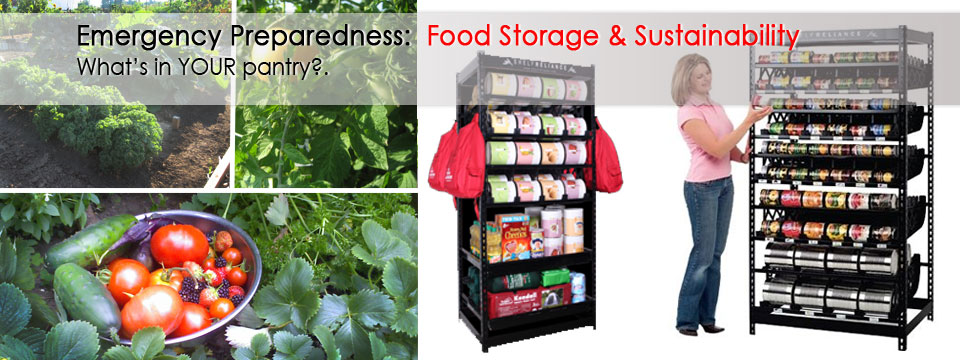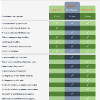Eating is one of those conveniences that we Americans take for granted. Very little of our paycheck goes to food purchases compared to other parts of the world. Many Americans have embraced a just-in-time food buying concept for their food shopping habits. How many times do you think about what’s for dinner while driving home from work? What would happen to your eating habits should a natural disaster (like an earthquake) hit your area?
Most folks keep a week to 10 days of food in their home and this includes canned goods, frozen and ready to eat packaged items. The thought is that they will run down to the grocery store and stock up on Spam, water and canned foods after the disaster hits. The problem with this mindset is that everyone else will be doing the same thing. What if there’s no electricity to use that credit card machine?
The smartest thing you can do is stock up ahead of time but with what and how much? It depends on many things like: What duration of time are you planning for? How many people in your family? What are your family’s dietary restrictions? What time of year is it? What’s your method of cooking?
I’ve seen multiple numbers relating to how much food a person consumes each year, roughly 2000 pounds. (This includes fresh, frozen, canned and processed) So to make the numbers easy to work with, let’s assume 150 pounds of food is needed per person per month. If your goal is to have a ready to go 30 day supply of food for a family of 4 that would be 600 pounds of food. Ready to go foods consist of those that are high in calories, require little time to prepare, tastes good and are easy. So which foods do you eat first? That first week, eat all the perishable foods like refrigerator and freezer items; they’re going to be the first to spoil. Next, you should have a stockpile of staples like: freeze-dried or dehydrated foods, whole grains, beans and rice and a large assortment of canned foods. You can use your BBQ to heat up water and hydrate the beans and rice, add the dried vegetables and pour a couple of pantry cans into the pot. Depending on the pot size, this could feed the family for a couple of days.
Other foods to have on hand would be MRE’s. Meals Ready to Eat is a staple for the US military and they are easy to acquire. Check places like Craigslist.com and survival stores in your area for availability. The cost for a case of 12 will usually run between $60-80 and they include the water-activated heaters for a warm meal. I brought up the time of the year to show the differences between storing foods during the summer and the winter. First, fridge and freezer foods will keep longer during the winter but you will also need more fuel to heat water during this time. Summer offers the benefits of fresh fruits and vegetables to supplement your food needs but those fridge and frozen items will spoil much faster.
The most important item to consider when stockpiling food is: will your family eat it? Take the time to plan out your 30 day list of foods and make sure its part of your normal eating habits. This will keep your stored foods rotated and fresh should the need arise.



